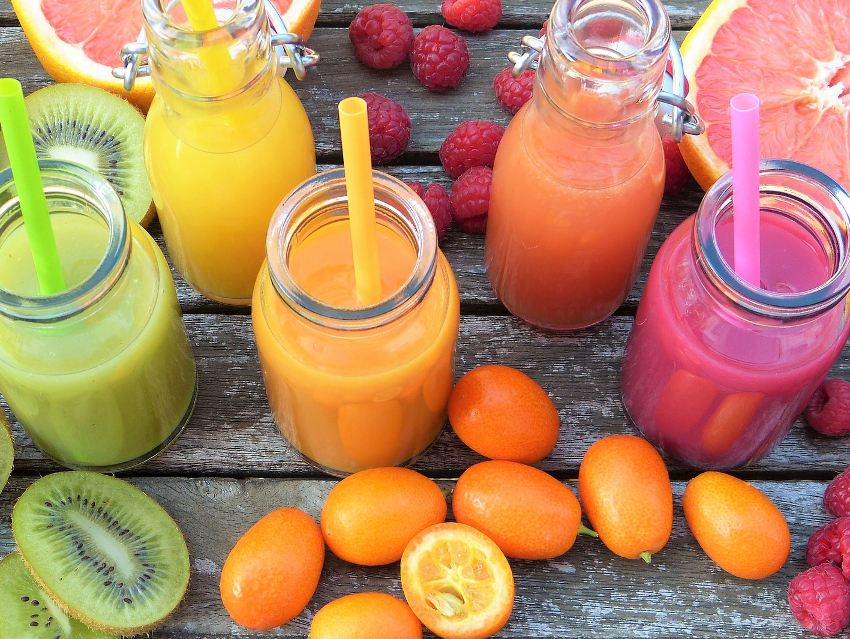The concentration of liquid foods such as juices aims to remove some of the water and increase the solids content. This leads to improved shelf life. Additionally, the transport and storage costs are reduced by the smaller volume.
In contrast to other concentration methods such as evaporation, cryoconcentration does not damage the product through excess heat and retains most of the nutritional value. The product is frozen and then slowly thawed until a point is reached where some of the water is separated in the form of ice, but the desired concentrate is still liquid. Cryoconcentration uses sequential freeze cycles to produce a highly concentrated product, which is removed by centrifugation.
Usually, the process is focused on the concentrate. However, Guillermo Petzold, Universidad del Bío-Bío, Chillán, Chile, and colleagues have investigated the discarded ice fraction. Using freshly squeezed orange juice, they not only performed the regular cryoconcentration cycle with three iterations, but also tested the discarded ice from the first two cycles.
As could be expected, the solids concentration in the liquid fraction increased with each cycle, up to six times compared to the original juice. Analysis showed, however, that the ice fractions obtained from the first two cycles still contained considerable amounts of solids. When the ice was recirculated instead of removed, concentrates with about double to triple the concentration of fresh juice could still be obtained.
This means that the usage of the ice samples can improve the overall efficiency of the cryoconcentration process. The obtained concentrated juice contains a higher percentage of solids, correlating with an increased density as well as a lower pH owing to the accumulation of acids.
- Improvement of Centrifugal Cryoconcentration by Ice Recovery Applied to Orange Juice,
Patricio Orellana-Palma, Yasna González, Guillermo Petzold,
Chemical Engineering & Technology 2019, 42, 925–931.
https://doi.org/10.1002/ceat.201800639The article is part of a Chemical Engineering & Technology special issue on the 23rd International Congress of Chemical and Process Engineering (CHISA 2018).




